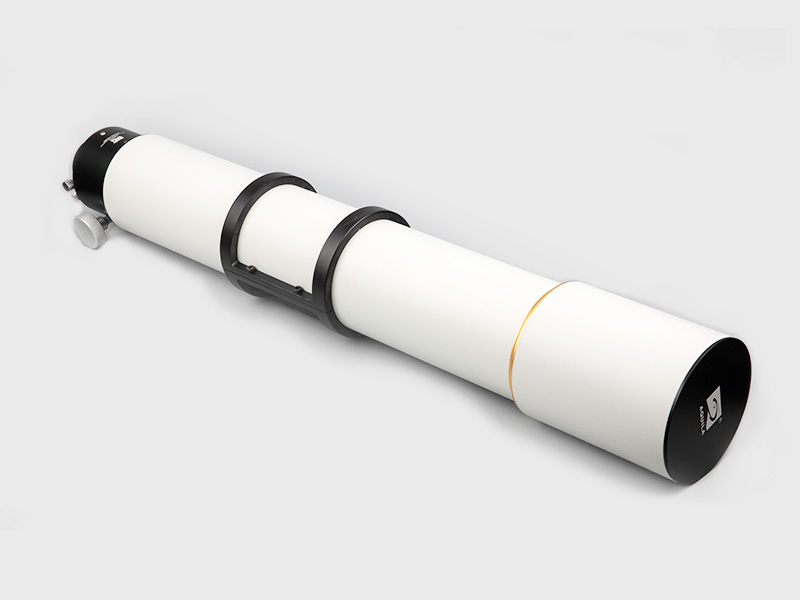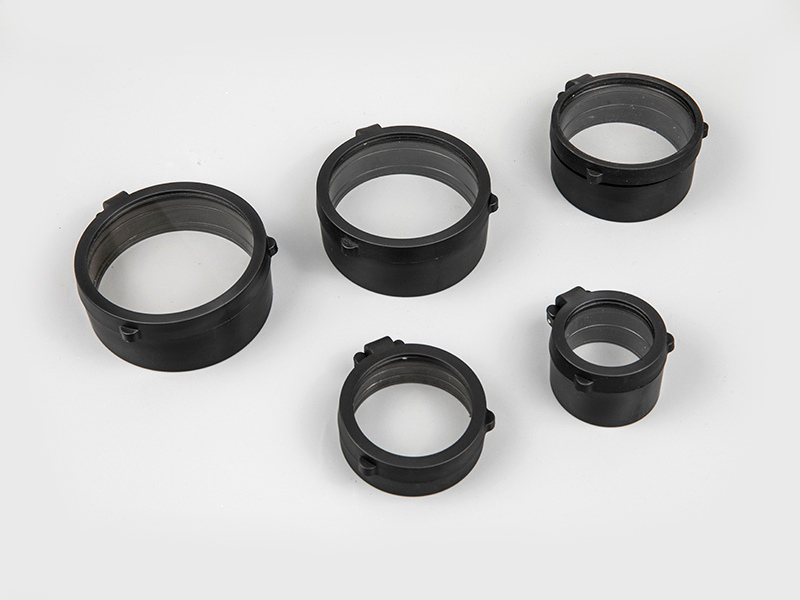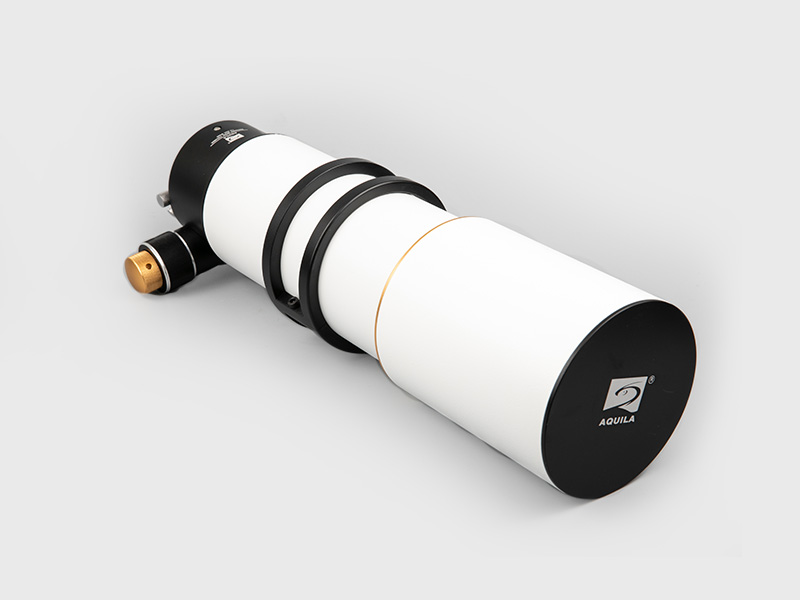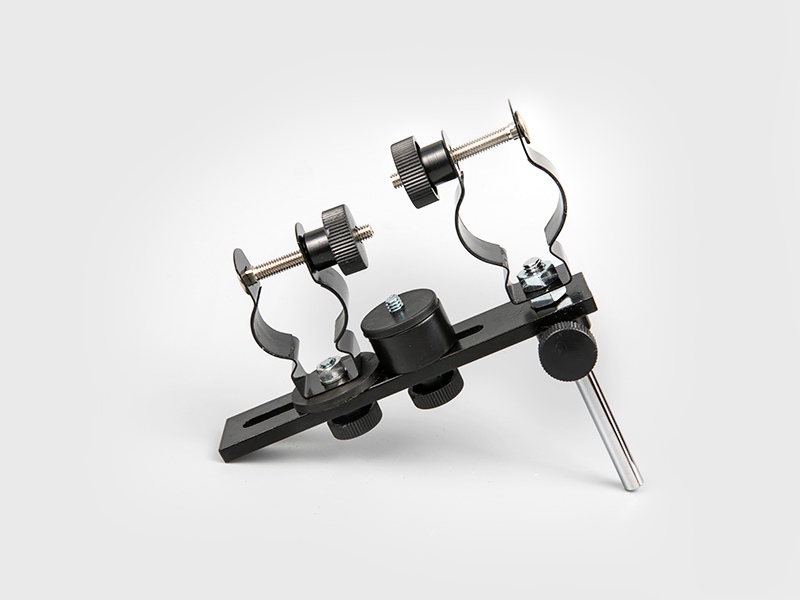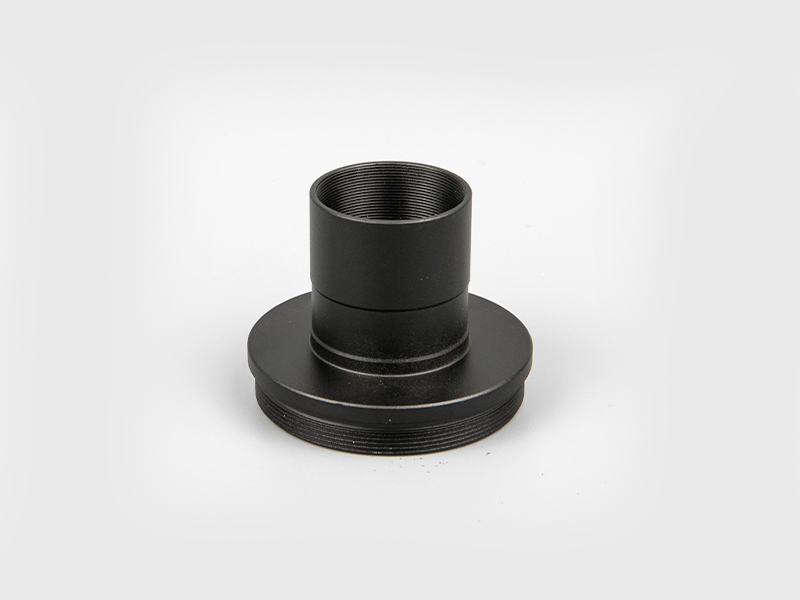Binocular prisms can be divided into two categories: pro prisms and roof prisms. The general type has a simple structure and a higher light transmittance than the same-level roof type. Due to the wider distance of the objective lens, the image is richer in three-dimensional effect; also because of the lower process requirements, the price is generally cheaper. The relative structure of the ridge type is relatively complicated, requires high precision, is not easy to develop, and the cost and price are high; the two sets of prisms are aligned to make it smaller in size, better in hand, and better in sealing performance. Recently, the focus is also better than the general type. short.
(1) Magnification (should be between 8 times and 10 times)
The telescopes are marked with words such as 10X42’8X30, the former stands for magnification, and the latter stands for the diameter of the objective lens. Using a 10x telescope to see a bird standing at 100 meters is as close as looking at 10 meters with the naked eye. Because the magnification is too large and the viewing angle is too small, it is more difficult to search for the target, and it is easier to affect the clarity due to shaking hands. When the light is very sufficient, 10 times is clearer than 8 times; when the light is insufficient, 8 times can see the details better than 10 times, so high magnification should not be blindly pursued.
(2) Caliber (should be between 30mm and 42mm)
The larger the aperture, the better. The diameter of the objective lens affects the amount of light entering. Especially in the case of strong contrast between light and dark, morning and dusk, and cloudy, the larger the aperture, the higher the amount of light, the more details can be seen by the eyes; but at the same time, the heavier the telescope, long-term observation is more likely to cause fatigue. It is advisable to choose a larger caliber according to personal physical fitness.
(3) Field of view (the bigger the better)
The field of view refers to the range that can be seen from 1000 meters, and the width of the field of view should be higher than 104 meters or 6 degrees. The larger the field of view, the quicker and easier it is to search for the target. However, the larger the field of view, the more severe distortion and blurring of the edges, the more complicated and difficult the correction of aberrations, and the higher the technology and cost required.
(4) Color fidelity (the more natural the better)
High-quality telescopes must faithfully reflect the original colors and color saturation of the scene. In order to increase the height of the telescope, some manufacturers deliberately increase or decrease a certain section of light waves, causing distortion and making the scene blue or red.
Considerations beyond optics
(1) Sturdiness
Telescopes are mostly used outdoors. The plastic shell is not very protective, and at the same time it is easy to roughly shift the prism group due to the temperature change. It is necessary to know that as long as the parallelism of the visual axis of the eyes has a slight deviation, the use of time will make the eyes tired and uncomfortable, even headaches, and nausea. .
(2) Weight and feel
The telescope should not be too heavy. Otherwise, long-term use will make people tired, shaking hands and unable to see the target. At the same time, the telescope should not be too light, otherwise it will be difficult to operate and watch stably due to shaking. With ergonomics, the products have a good sense of balance and a first-class feel, which makes the optical performance fully play.
(3) Intimate design
The decompression shoulder strap is included with the mirror. The decompression strap can distribute the weight of the telescope around the shoulders and reduce the pressure on the neck.
Binocular prisms can be divided into two categories: pro prisms and roof prisms. The general type has a simple structure and a higher light transmittance than the same-level roof type. Due to the wider distance of the objective lens, the image is richer in three-dimensional effect; also because of the lower process requirements, the price is generally cheaper. The relative structure of the ridge type is relatively complicated, requires high precision, is not easy to develop, and the cost and price are high; the two sets of prisms are aligned to make it smaller in size, better in hand, and better in sealing performance. Recently, the focus is also better than the general type. short.
(1) Magnification (should be between 8 times and 10 times)
The telescopes are marked with words such as 10X42’8X30, the former stands for magnification, and the latter stands for the diameter of the objective lens. Using a 10x telescope to see a bird standing at 100 meters is as close as looking at 10 meters with the naked eye. Because the magnification is too large and the viewing angle is too small, it is more difficult to search for the target, and it is easier to affect the clarity due to shaking hands. When the light is very sufficient, 10 times is clearer than 8 times; when the light is insufficient, 8 times can see the details better than 10 times, so high magnification should not be blindly pursued.
(2) Caliber (should be between 30mm and 42mm)
The larger the aperture, the better. The diameter of the objective lens affects the amount of light entering. Especially in the case of strong contrast between light and dark, morning and dusk, and cloudy, the larger the aperture, the higher the amount of light, the more details can be seen by the eyes; but at the same time, the heavier the telescope, long-term observation is more likely to cause fatigue. It is advisable to choose a larger caliber according to personal physical fitness.
(3) Field of view (the bigger the better)
The field of view refers to the range that can be seen from 1000 meters, and the width of the field of view should be higher than 104 meters or 6 degrees. The larger the field of view, the quicker and easier it is to search for the target. However, the larger the field of view, the more severe distortion and blurring of the edges, the more complicated and difficult the correction of aberrations, and the higher the technology and cost required.
(4) Color fidelity (the more natural the better)
High-quality telescopes must faithfully reflect the original colors and color saturation of the scene. In order to increase the height of the telescope, some manufacturers deliberately increase or decrease a certain section of light waves, causing distortion and making the scene blue or red.

 English
English 日本語
日本語 Deutsche
Deutsche España
España

